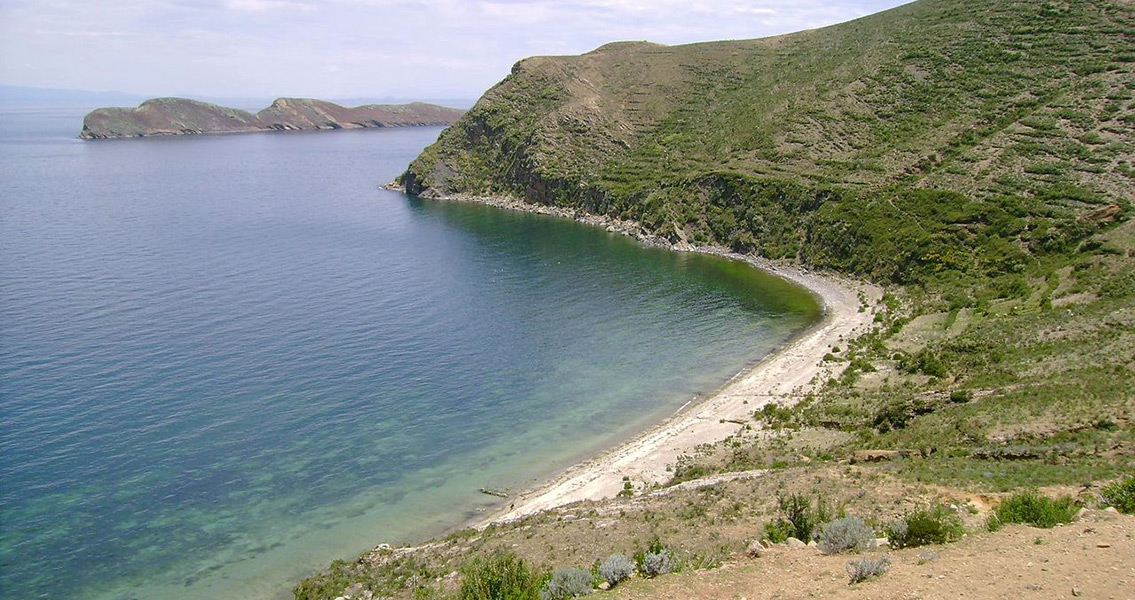<![CDATA[The Late Intermediate Period in Andean history, between 1000 and 1450 CE, was characterised by violence marking the gradual demise of the dominant cultures of the time, the Wari and the Tiwanaku. Evidence from the northern shores of Lake Titicaca reveals that people there lived brutal lives, but until recently no such evidence was available from the southern shore of the lake. Now, however, a team of scientists has unearthed and studied as many as nine sets of human remains, all of which support the hypothesis about the tumultuous period that ended with the region falling under Inca rule. The skeletons found on the Copacabana Peninsula were arranged in a sitting position in a chamber above the ground, writes bioarchaeologist Kristina Killgrove for Forbes. All of the bodies are of adults and without exception bear the marks of violent trauma, including injuries to the skull in four cases. What’s perhaps more interesting, however, is that one of the skulls, that of a middle-aged woman, displayed evidence of trepanation, the ancient precursor to open-brain surgery, a procedure that the woman survived. This fact, according to the authors, led by Sara Juengst, speaks of the advanced stage of medicine in the lands around Lake Titicaca at the time. Trepanation, as suggested by earlier finds in the Andes, was most probably conducted using tools made from obsidian or metal, and in the case of this woman was performed with a bore-and-cut technique. This technique involves first drilling a number of holes around the piece of bone where the injury occurred and then removing it. Trepanation helps relieve the high pressure inside the skull that results from the bleeding caused by the trauma. The bore-and-cut technique, Killgrove notes, has a higher survival rate than other techniques, such as linear cutting of the bone. Going back to the theme of violence, seven of the bodies bore marks of fractures to different parts of the body, including the arms, face, and ribs. This evidence reinforces the findings of another recent study from the Titicaca Basin, that of Sara Becker and Sonia Alkonini, which suggested violence had been common even earlier, between 200 and 800 CE. Becker and Alkonini studied three skulls, two male and one female, dating from that period that all bore the marks of savage mutilation, including gouging of the eyes and subsequent beheading. Yet despite this violence, it seems that people were good at taking care of their wounded, Juengst et al say in the paper that details the study, “Trauma in the Titicaca Basin, Bolivia (AD 1000-1450)” published in the International Journal of osteoarchaeology. All nine people survived their injuries, serious though they were, and one of the female bodies showed evidence of what the authors called “competent caretaking.” Image courtesy of Wikimedia Commons user: Alexson Scheppa Peisino]]>
Ancient Skull Trauma Survivors Unearthed in Bolivia
